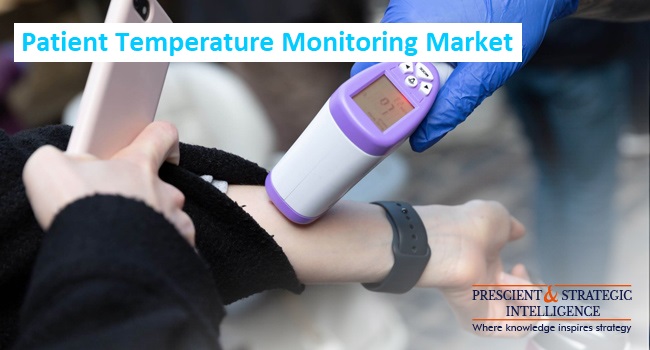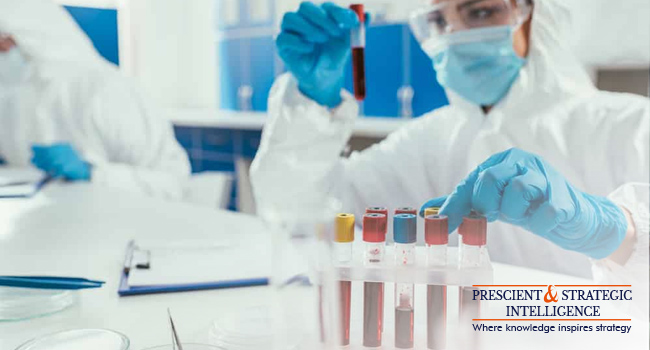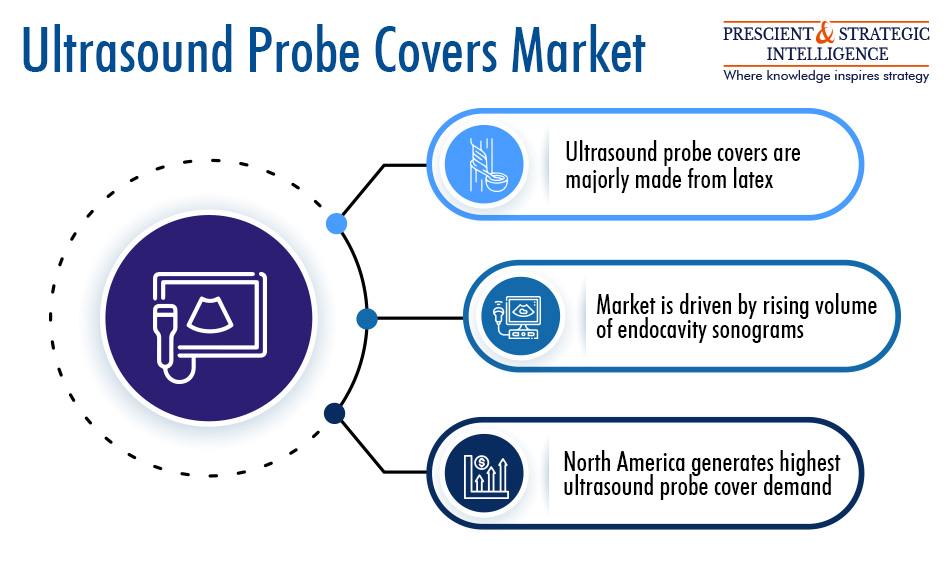In 2021, the patient temperature monitoring market generated $3,294.8 million in revenue, and it is expected to grow to $6,039.3 million by 2030, advancing at a 7% rate. This growth is driven by the increasing demand for non-invasive, non-traumatic, and hygienic devices that provide accurate temperature readings. Handheld temperature monitoring devices hold a 27% share of the market, thanks to the convenience they offer patients.
The rising prevalence of chronic and infectious diseases like diabetes, cancer, and cardiovascular conditions is further driving the demand for temperature monitoring devices. It is estimated that over the next decade, chronic diseases will claim 5 million lives in the U.K., underscoring the importance of regular temperature monitoring for effective disease management.
In the U.S., as of 2020, 6 out of 10 people had at least one chronic condition, while 4 out of 10 had two or more. This makes temperature monitoring vital for early diagnosis. The link between temperature fluctuations and the occurrence of illnesses is expected to boost demand for temperature monitoring systems.
The COVID-19 pandemic has significantly boosted the temperature monitoring market due to the rising need for such devices. Manufacturers are increasing the production of digital thermometers, which provide accurate and reliable temperature readings. These devices now feature improved technology, reducing errors and fluctuating results. For instance, in February 2020, Xiaomi introduced a non-contact infrared thermometer capable of measuring temperature in just one second with an accuracy of 0.2 degrees.
Non-invasive temperature monitoring systems account for a substantial portion of the market, generating $1,892.9 million in revenue, with a projected growth rate of 7.3%. The demand for non-invasive devices is increasing due to their ease of use, accurate readings, and user comfort.
The growing demand for oral temperature monitoring is driving the sales of oral thermometers, offering an opportunity for manufacturers to introduce new products. Additionally, temporal artery and axillary thermometers are gaining popularity for their simplicity, quick results, and minimal invasiveness, further boosting the market.
Within the application segment, fever management (pyrexia) drives the highest demand, accounting for a 30.1% market share. The rise in the elderly population, coupled with trauma and hemolysis cases, is fueling the demand for temperature monitoring equipment. Fever, often accompanied by fatigue, dehydration, and increased pain sensitivity, is becoming more prevalent, further supporting the market’s growth.
North America is a key region for patient temperature monitoring systems, generating $1,077.0 million in revenue. The market here is expected to grow at a rate of 6.9%, driven by the presence of major industry players, high disposable income, increased surgical procedures, and rising blood donations and transfusions.
Overall, the growing prevalence of chronic and infectious diseases, with high body temperature as a major symptom, continues to propel the patient temperature monitoring industry forward.






